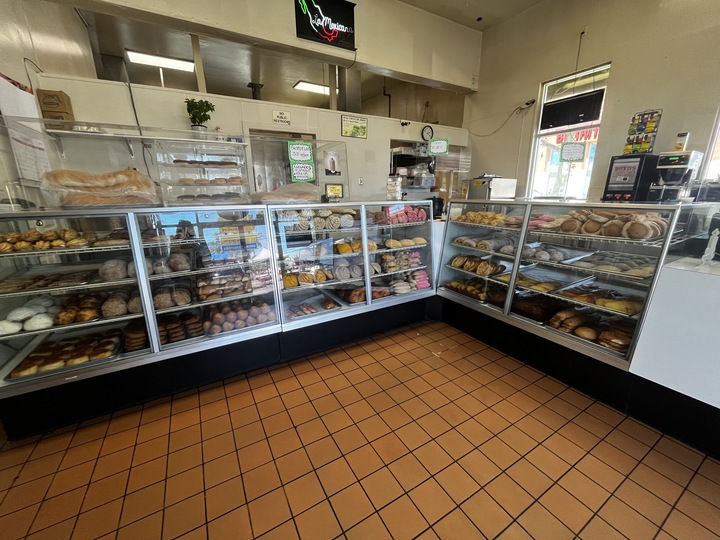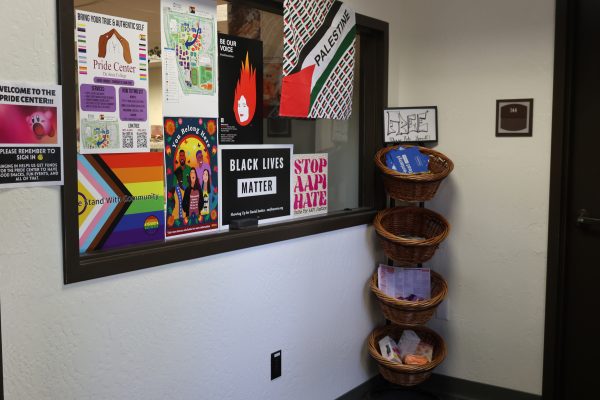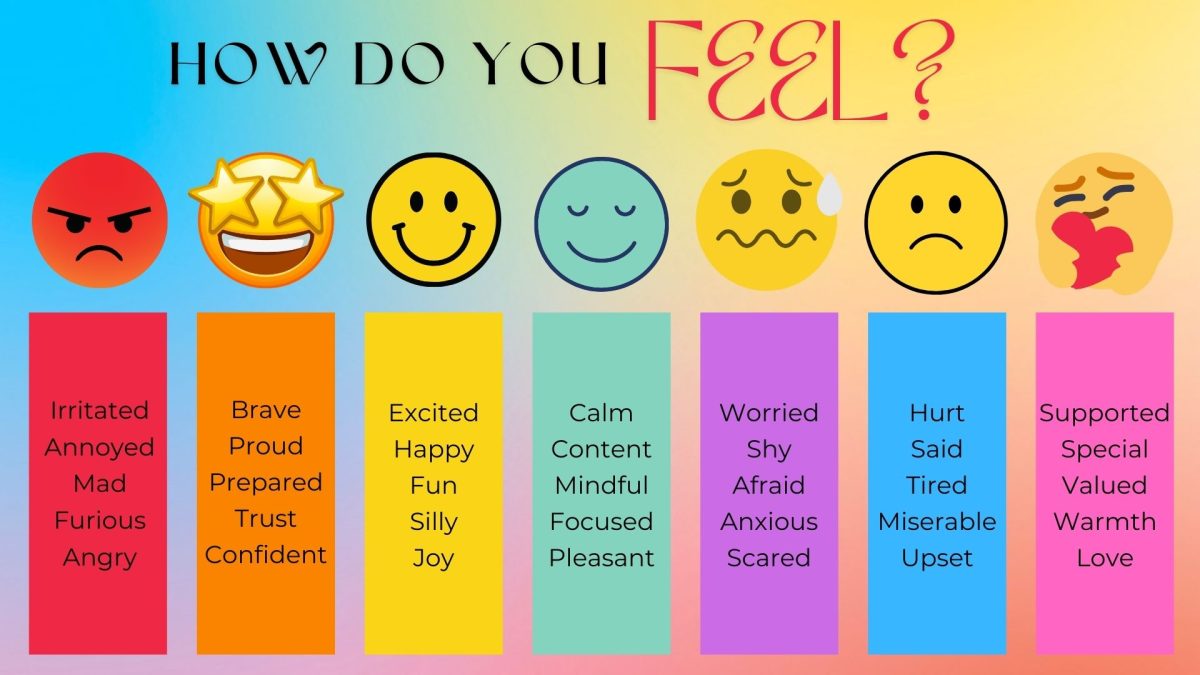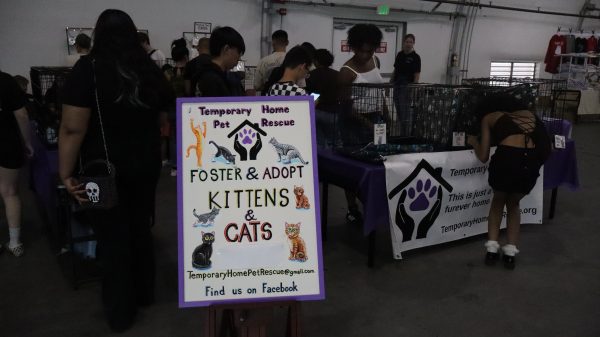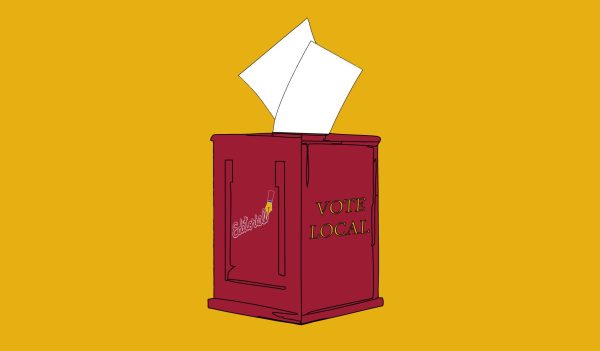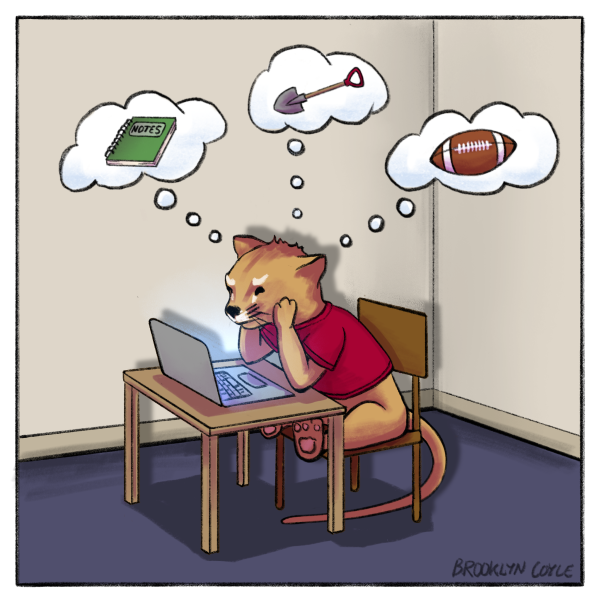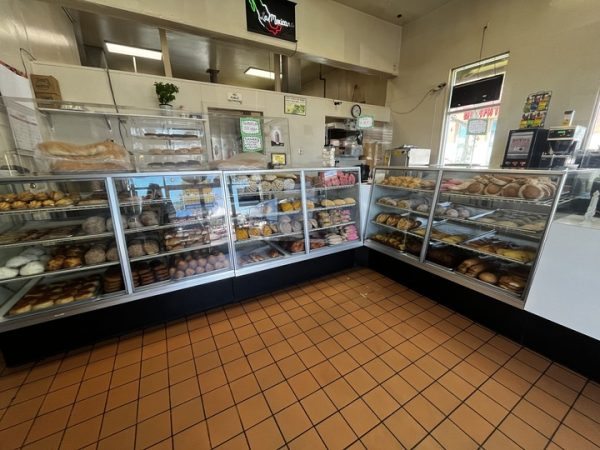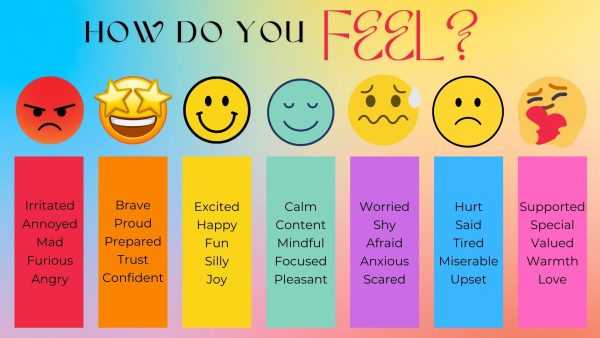Light reading: Food Labels for snacks
May 1, 2018
Nutritional labels are your window into what you’re eating. It lists serving size, calories and nutrient information. Consider snack food for mid-morning or afternoon munchies, which should be between 100-200 calories, but be smart. When you go to the bookstore, you find a bag of chips with 150 calorie per serving. You are thinking thumbs up for that! However, look closely, some food companies are sneaky and masquerade a product as “low calorie” when the serving size is only half the bag. Who eats only half a bag of chips?! As a cost saving alternative, consider bringing fresh seasonal fruit (apple, orange) and veggies (carrot, celery) to get that crunchy taste without piling up on calories.
When you are choosing your chips, look for the lowest percentage of:
- Fats (5 percent)
- Saturated/trans fat (0 percent)
- Cholesterol (0 percent)
- Sodium (below 15 percent).
These contribute to heart disease, cancer and high blood pressure. Keep in mind that “fat-free” doesn’t mean “calorie-free” as many fat-free and low-fat foods have added sugar to trick your taste buds. Carbohydrates, or carbs, are the fiber and sugars in foods. Fiber aids digestion, giving your colon something to push against! Whole grains, fruits and veggies are rich in fiber, although juices do not count – as the natural pulp of the fruits are removed in processing. When you eat a diet rich in fruits, vegetables and grain products which have soluble fiber, it may reduce your risk of heart disease and colon cancer.
Avoid or limit sugar intake which has no nutritional value. Juices or “juice drinks” are high in sugar, adding unnecessary calories to your waistline. Watch out for the many pseudo-names food companies give sugar – dextrose, sucrose, cane crystals, cane sugar, corn sweetener, corn syrup, evaporated cane juice, fructose sweetener, fruit juice … the list goes on! Soda and sugary drinks are loaded with sugar and are commonly linked to obesity. Orange juice (i.e. Tropicana) has the equivalent of 16 packets of sugar (240 calories); soda has 24 packets (360 calories) and a grande Starbucks Caramel Frappuccino has 22 packets (330 calories). Consider flavoring water with a slice of lemon or cucumber.
Reading nutrition labels will help one choose snacks low in fat, salt and sugar (100 – 150 calories). Consider fresh alternatives – an apple (90 calories), orange (45 calories), carrot (25 calories), or celery (6 calories). Reading nutrition labels is a light reading for informed decision and a healthier you!
Mary Sullivan is the Director of Health Education and Wellness, and can be reached at 408-864-8733 or at [email protected]



